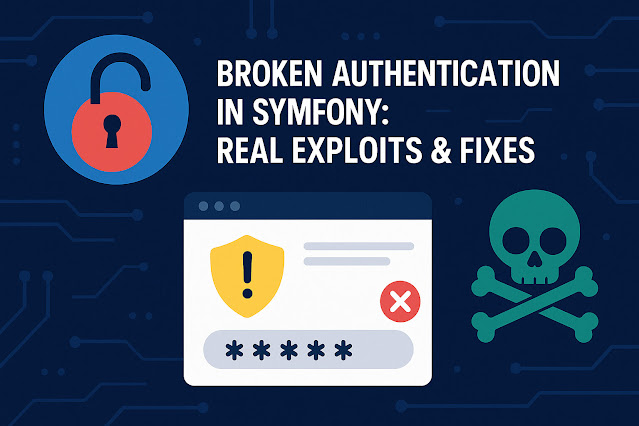SSRF Vulnerability in Symfony: Exploit & Prevention Guide

Server-Side Request Forgery (SSRF) is one of the most dangerous web application vulnerabilities today. If you’re using Symfony , you need to understand how this vulnerability arises and how to prevent it. In this blog, we’ll explain SSRF with real Symfony code examples , demonstrate how attackers exploit it, and provide secure coding techniques to mitigate it. We’ll also show you how to use our website vulnerability scanner online for free to identify this vulnerability instantly. 🔍 What is SSRF? Server-Side Request Forgery (SSRF) happens when a web application fetches data from a user-supplied URL without validating it. This enables attackers to: Access internal systems (e.g., cloud metadata) Conduct port scans on internal IPs Exploit trusted internal services Leak sensitive data to external hosts ⚠️ Vulnerable Symfony Code Example Here's a real Symfony controller vulnerable to SSRF: // src/Controller/SSRFController.php namespace App\Controller; use Symf...
%20in%20Symfony%20%7C%20Full%20Guide.jpg)






.jpg)
